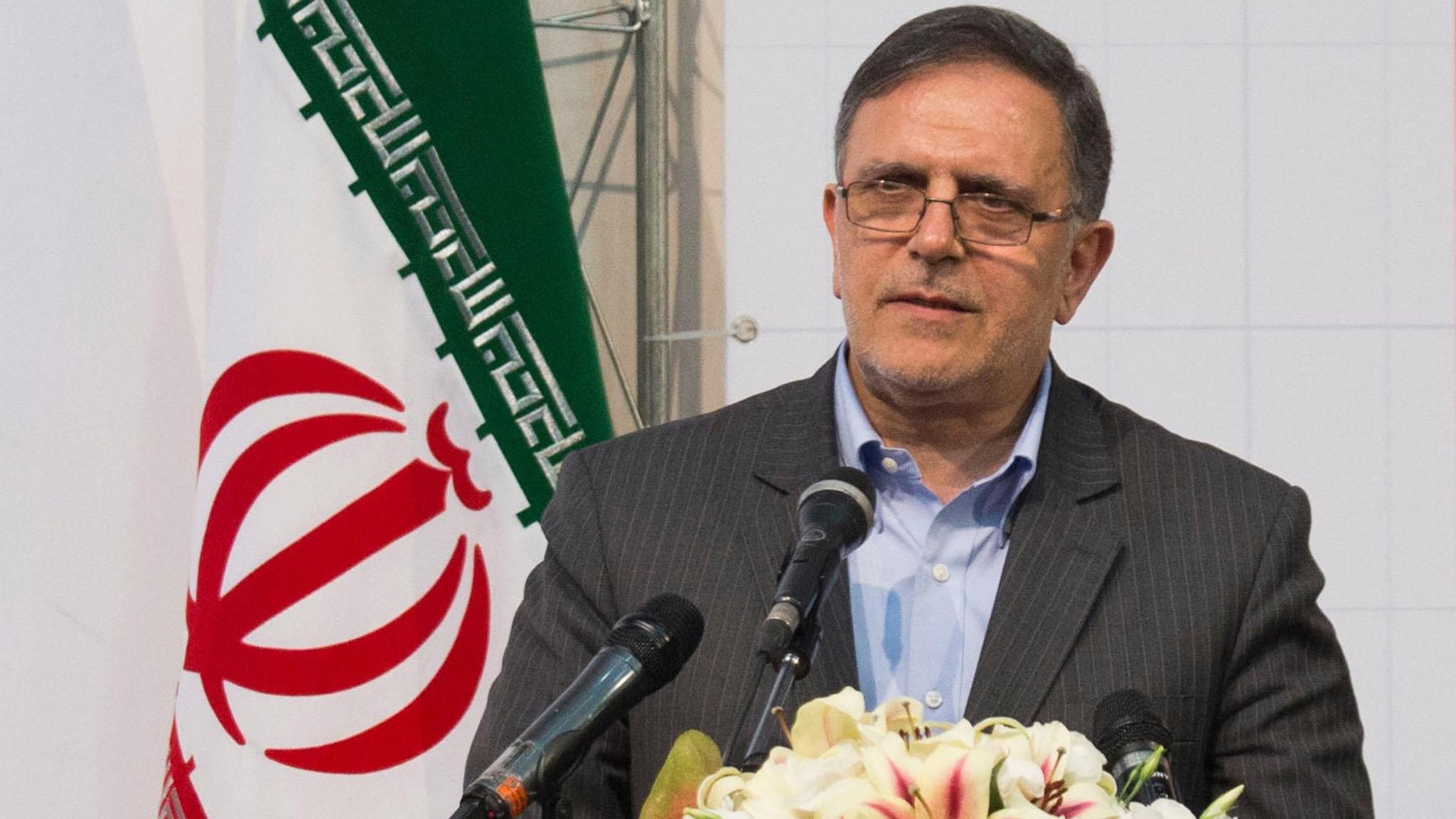Governor of the Central Bank of Iran Valiollah Seif has put economic growth for the first quarter of the current Iranian year (started March 20) at 5.4%.
“We managed to achieve economic growth after eight consecutive quarters of contraction … We can now see the result of our financial and fiscal policy and stability due to financial discipline. As a case in point, GDP grew 5.5% during the first three months of the current fiscal year, while inflation reduced from about 40% at the beginning of the (President Hassan Rouhani’s) government down to 8.8%,” Seif was quoted by Bourse Press as saying on Sunday.
CBI’s latest report on Iran’s inflation showed the average goods and services Consumer Price Index for urban areas in the 12 months ending September 21, which marks the end of the Iranian month of Shahrivar, increased 8.8% compared with last year’s corresponding period.
It put the inflation rate for the preceding month of Mordad, which ended on August 21, at 8.9%.
The overall CPI (using 2011 as the base year) stood at 247.1 in Shahrivar, indicating a 0.7% growth compared with the previous month. The index registered a year-on-year increase of 9.5% compared with the similar month of last year.
Seif’s remarks on GDP growth come, as the Statistical Center of Iran put first quarter economic growth at 4.4% in mid-August.
Both the CBI and SCI are in charge of releasing periodic statistics on macroeconomic indices, which often differ from one another.
The economy emerged from recession two years ago with a 3% growth. The rebound followed two years of recession when the economy contracted 5.8% and 1.9% back to back. The Iranian economy grew 0.9% in the last fiscal year, according to SCI.
Agriculture helped Iran from falling back into recession with a 5.4% rise in output. The services sector stalled, as it edged up in output by 0.2% compared to the previous year. Services, however, were far better than industries. The industrial sector contracted 2.2% during the year, as weak consumer spending and lack of adequate financing ate away at output.
“Iran is recognized as one of the most successful countries by the international community, especially the World Bank and the International Monetary Fund, in managing economic crisis,” Seif added.
The IMF is forecasting an improvement in sustainability for Iran in 2016-17 as better economic conditions herald more robust growth prospects for the country.
According to the concluding statement describing preliminary findings of a recent IMF mission to Iran released on Monday, Iran’s real GDP rebounded strongly over the first half of the year, as sanctions eased after the implementation of the nuclear deal Iran signed with major countries.
The report confirms that oil production and exports have rebounded quickly to pre-sanctions levels, helping cushion the impact of low global oil prices. Increased activity in agriculture, auto production, trade and transport services has led the recovery in growth in the non-oil sector.
“Real GDP is projected to grow by at least 4.5% in 2016-17,” the report says, adding that “prudent monetary and fiscal policies” adopted in recent years, along with favorable international food prices, allowed CPI inflation to decline to a low of 6.8% year-on-year in June 2016.
Although point-to-point inflation has risen to 9.5% in September, IMF staff estimates inflation is expected to average 9.2% in 2016-17.
The World Bank forecasts 4.2% and 4.6% growth rates for Iran’s economy for 2016 and 2017 respectively.
The government has set an 8% annual growth target for the sixth five-year development plan (2016-21), mainly betting on growth in the oil sector.


